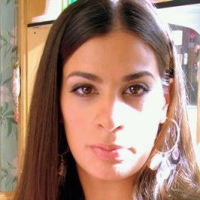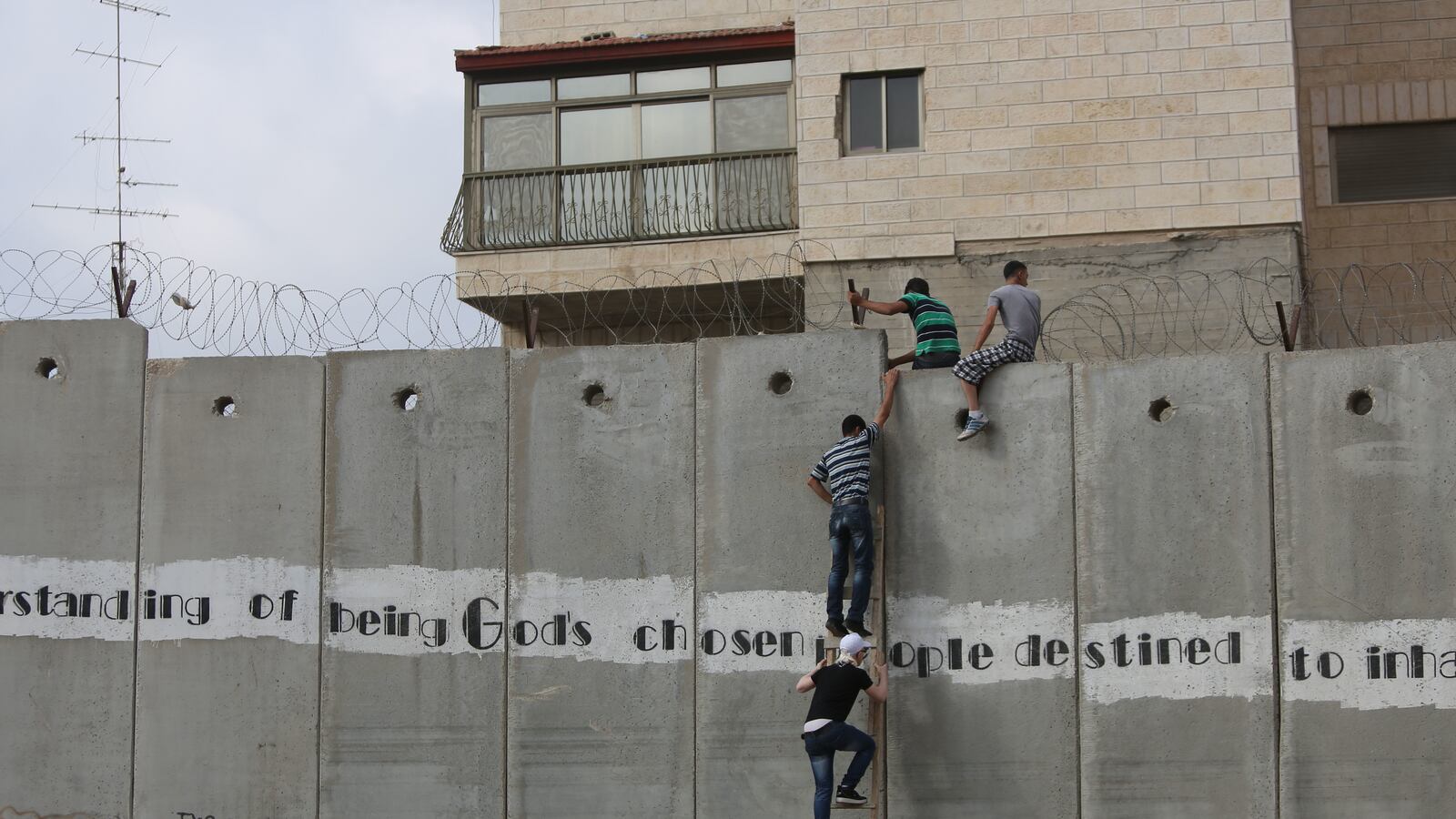It is that time of year again. It is officially Ramadan 2013 or 1434 hijri, which is the Islamic version of Anno Domini (AD) except in this case the D is more of an M. For those of you who have been living under a pita pocket, Ramadan is the Muslim version of Lent except it is 10 days shorter, you don’t get Sundays off, and you don’t get to pick what you are going to sacrifice. Instead of giving up some things like Catholics do, Muslims who fast give up everything from sunrise to sunset for a whole blessed month. Fasting in Islam means not putting anything in any orifice of the body. Those who are fasting must abstain from eating, drinking (even water), smoking, and hanky-panky of any sorts. There is a debate about whether or not tooth brushing is allowed. I come from a school of thought that believes not only is it allowed, it is a necessity. One of the beauties of Islam is there is no Pope, so to each her own.

The most commonly asked question by non-Muslims during Ramadan is, “How do these people not die if they are starving all day?” There are a couple things that keep Muslims alive as they fast the thirty days. The keyword here is days. They break their fast at night and, in general, will not die from not eating or drinking for 9 to 18 hours of daylight. Ramadan is based on the lunar calendar, so it moves back about 10 days each year. In 2000, Christmas, Chanukah and Ramadan overlapped and even Richard Dawkins was surprised the Messiah didn't return. This year’s Ramadan lands in the month of July. The sun goes down at different times depending on where you are in the world when you break your fast. Followers of the faith who can see Russia from next door in Alaska are fasting over 18 hours a day; while Muslims in Madagascar only have to abstain for a measly 11 hours. Even those with only a three-hour window to eat will not die because after the sun goes down they are free to gorge themselves. On the first night of Ramadan, the hospitals in Qatar had dozens of patients who needed treatment, not for dehydration, but for eating ‘til they barfed. Also, travelers, children, those with medical conditions, those who are pregnant (or the exact opposite) are all exempt from fasting. The point of fasting is not to die, just to suffer a little and those who cannot partake donate to feed the truly hungry.
Depending on whether followers of the faith trusted Facebook or insisted on seeing a sliver of the moon in the sky with their naked eye, Ramadan kicked off on either Tuesday or Wednesday of this week. This is proof that the one billion Muslims roaming God’s Green Earth are far from monolithic. The one thing they could agree on is that today is the first official Friday of Ramadan and there is no place on Earth that is more happening on the first Friday than Jerusalem.
Islam's ties to Jerusalem are similar to those of its Judeo-Christian counterparts. Abraham, David, Solomon, Moses, and Jesus, are all considered prophets in Islam and their tales are told in the Qur'an. Jerusalem is also referenced in the Qu’ran in Surat Al-Isra’ 17:1 Muslim's believe the prophet Muhammad was taken on a miraculous nighttime journey (Isra’ and Mi’raj) to visit Jerusalem. There he prayed, and then visited heaven. The Dome of the Rock gets its name from the massive rock (al-Sakhra) it houses, upon which the prophet stood before he ascended to heaven where the five pillars of Islam were revealed to him. The Isra’ and Miraj is believed to have occurred on one of the last 10 nights of Ramadan. This heightens Jerusalem's significance to followers during the holy month. Israeli extremists have called for the destruction of the Dome of the Rock and the rebuilding of the Temple, which is believed to have stood on the exact same spot on the Temple Mount. It is not surprising that these Abrahamic faiths’ holy sites are literally built on top of each other when you remember that their scriptures share the same foundation and they also share the same daddy.
An estimated one million Muslims will go to pray in Jerusalem throughout the month of Ramadan and Israel gets to decide which Palestinians can and cannot come pray on these very special days. I promised there wouldn’t be math so I apologize in advance for making your brain hurt as I share Israels rules. On Fridays, which is like the Muslim church day, and Laylit Qadr which is the 27th day of Ramadan, all women of any age are allowed to travel into East Jerusalem from the West Bank. Men must be over 40 or under the age of 12 to cross the checkpoints in their way. If you are a male who is 35 to 40 years old, you can apply for a permit to enter Jerusalem. Applying for a permit is kind of like playing the Lotto, but with worse odds. Sundays through Thursdays are a whole different story. Women must be over the age of 35 in order to be permitted to enter The Old City. This is because everyone knows 34-year-old women are a security threat, but by 35 they have been neutralized and if they are single they've lost all will to fight. Men, on the other hand, must be under the age of 12 or over the age of 60 to enter, because between Friday and Sunday, 40 years-old suddenly became too dangerous for devotion. Saturdays you have to be over the age of 60 to come pray. Those are their rules. Any questions?
Palestinian Muslims will not just be coming to Jerusalem from the West Bank, but from all corners of the world. Since Ramadan this year coincides with summer vacation, tens of thousands of Palestinian from the Diaspora will be joining the festivities, as long as they don’t also carry a Palestinian ID. If they do, the same rules above apply to them, too. While Palestinians coming from the villages, cities and refugee camps of the West Bank need permission to enter Jerusalem, those who hold Israeli citizenship do not and bus loads will also head on down for the first Friday. Then there are those worshippers who are just a stones throw away from all the action because they live in The Old City. They are the natives of New Orleans in this Ramadan Mardi Gras. The Palestinians in Gaza are not invited to the party because unless you are an Arab Idol, you are not allowed to visit Jerusalem if you live in the Strip.
Now here is the fun part. The flock of Palestinians coming in from the West Bank must all funnel through the checkpoints to get through the wall that was supposedly built to keep them out. An Israeli checkpoint is like the longest line you can find at Disneyland, with a twist. Instead of hopping on the “It’s a Small World” ride, you go through a metal detector, get berated by a soldier, and then spit out on the other side to yet another long line. There's a bonus. As they wait forever at checkpoints or in the blazing heat for the buses that will transport them, most of these cats are also fasting. Let me remind you, this is the Middle East and far from the happiest place on earth.
The buses drop their passengers off as close as they can get to the Damascus Gate. From there the worshippers walk down the legendary steps and into walls of The Old City to begin the trek to what is known as Al Aqsa. The compound contains two separate masjids, the Dome of the Rock, which is the one with the big gold dome we all think of when we hear Jerusalem, and the Harram al Sharif. The Harram is a quiet, black-domed mosque adjacent to the famous one and is the holier of the two. Since the masses far exceed the space inside the domes, they fill the entire surrounding courtyard, and sometimes spill into the streets. Those coming to pray at Al Aqsa often leave their homes in the dead of night in order to arrive in time to find a spot. Rumor has it that if you are not there by 8 am, you will have to pray upright. There is simply no place to prostrate. Pilgrims who arrive hours early challenge themselves to pray as many times as they can before the Friday sermon begins. For those of you who have never performed the Muslim prayer ritual, each time of the five times a day Muslims are commanded to pray is the equivalent of an eight-minute yoga session. There are some who pray hundreds of times, while not being able to drink a single drop of water. Have I mentioned how hot it is in Jerusalem in July?
The actual call to prayer, the azhan, happens around noon. Prior to that, a class is given over the loud speakers for all who have gathered, followed by a sermon, and then finally the afternoon prayer. After prayer is over, some folks attempt to race back to the buses so they won’t have to stand in line again. It is futile, but they try anyway. The majority stay and shop in the Old City, which isn’t just a blessing but an economic boom for the Jerusalemite shop owners of all faiths that line the city’s inner walls. They peddle fresh mint, gummy worms, and goldfish in plastic bags, which are filled with water on good days, to the crowd streaming back to exit the gates. Shopping bags in hand, and empty bellies rumbling, the Palestinian pilgrims head back to their respective corners on the either side of the wall.
Palestinians living in the West Bank are cut off from Jerusalem, except for one magical month of the year when suddenly the security threat disappears and they get a taste of what they can’t have. On this first Friday of Ramadan, an estimated 75,000 souls participated in the afternoon prayer in the Old City. Over 6,000 sweaty, thirsty, Palestinian men, women, and children were herded through the Bethlehem-to-Jerusalem check point, alone. Then there were those who, without Israel's permission, took a leap of faith over the concrete wall, risking life and limb, as they flung themselves to the other side, and entered illegally. Some who visited today do not know if they will ever be allowed to return, but are happy that today their prayers were answered and they were allowed in to say, "This year in Jerusalem."






